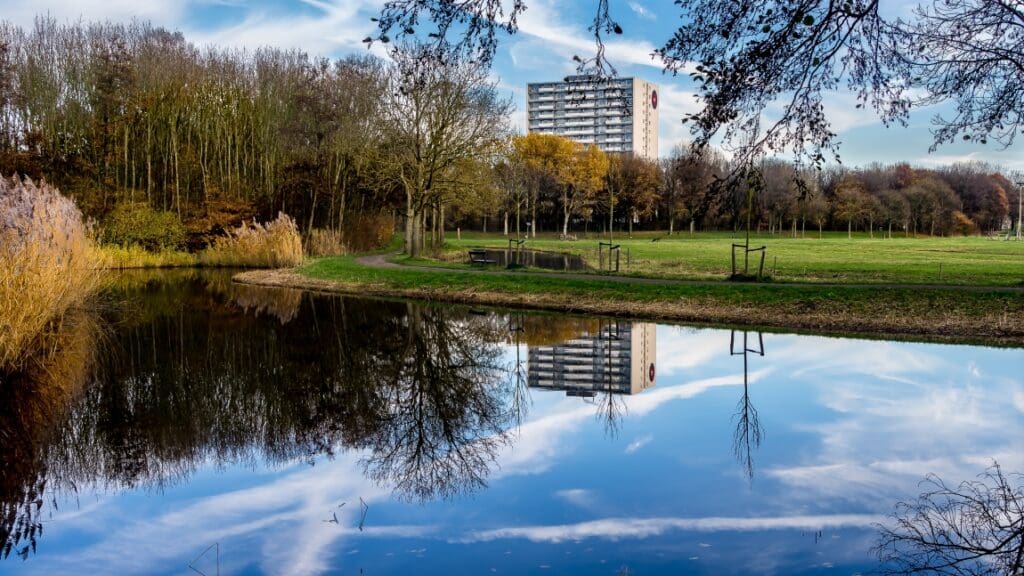Belém, the capital of Pará in northern Brazil, lies near the mouth of the Amazon River and serves as a key economic and logistical hub for the wider Amazon basin. Surrounded by tropical rainforest, the city stands at the intersection of rapid urban development and one of the planet’s most important ecosystems.
This false-colour image, captured by one of the Copernicus Sentinel-2 satellites on 12 August 2025, shows a vivid contrast between dense natural vegetation, seen in green, and expanding urban areas, shown in pink.
Belém is hosting the 30th United Nations Climate Change Conference (COP30) – the first time the summit has taken place in the Amazon region. The decision carries both symbolic and practical meaning, placing the world’s largest tropical rainforest at the centre of global climate discussions. The Amazon stores around 150 billion tonnes of carbon, regulates rainfall across South America and supports unparalleled biodiversity. Yet scientists estimate that up to 17 % of the forest has already been cleared and another 17 % degraded, raising concern about a potential tipping point.

With more than 1.3 million inhabitants, Belém faces complex challenges linked to urbanisation, including heat-island effects of up to 10 °C higher than nearby forested areas, as well as pressure on infrastructure and services. City planners aim to make Belém a low-carbon city, adapted and planned in connection with natural ecosystems by 2050.
Hosting COP30 here draws attention to these intersecting realities – how cities within the Amazon can balance development and conservation, and how local actions can influence global outcomes. This Sentinel-2 view captures that duality: a city embedded in the rainforest, where urban life and natural systems meet in one of Earth’s most critical regions.
The Copernicus programme, operated by the European Union in partnership with ESA, provides free and open Earth observation data that support environmental monitoring, urban planning, and climate action worldwide.
Featured image credit: European Union, Copernicus Sentinel-2 imagery



